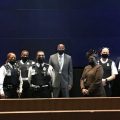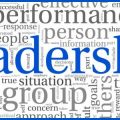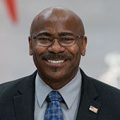2022 graduating class of the Palmer Leadership Development Program includes two OPS managers
The Palmer Leadership Development Program, named after donor Russell E. Palmer, is highly competitive and accepts just 25 applicants at the GS/IS 13 and 14 level across the Smithsonian to participate. The program aims to strengthen its participants’ ability to lead through improving collaboration, communication, and conflict management skills, along with mentoring and enhancing a broader understanding of the complexities of the Institution’s mission.
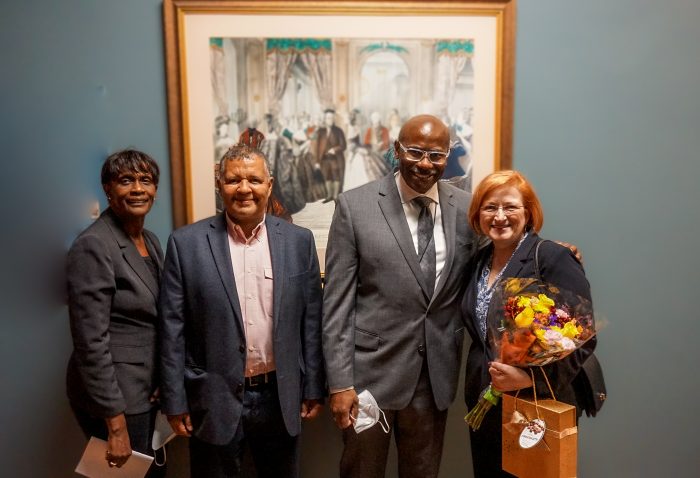
Acting District Manager Shannon Wallace and Organizational Development and Training Manager Kim Beck from the Office of Protection Services graduated from the yearlong program Oct. 12. The graduation ceremony, which included both the 2021 and 2022 PLDP classes was hosted by:
- Lonnie G. Bunch: Secretary of the Smithsonian Institution
- Ron Cortez: Under Secretary of Administration
- Antonio Guzman: Director, Office of Human Resources
- Rebecca Kaczkowski: Museum Conservation Institute
- Lisa Sasaki: Interim Director, Smithsonian American Women’s History Museum; Palmer Leadership Development Program
- Jeremy Rausch: Office of Contracting and Personal Property Management
- Denise Robinson Simms: National Museum of African American History and Culture
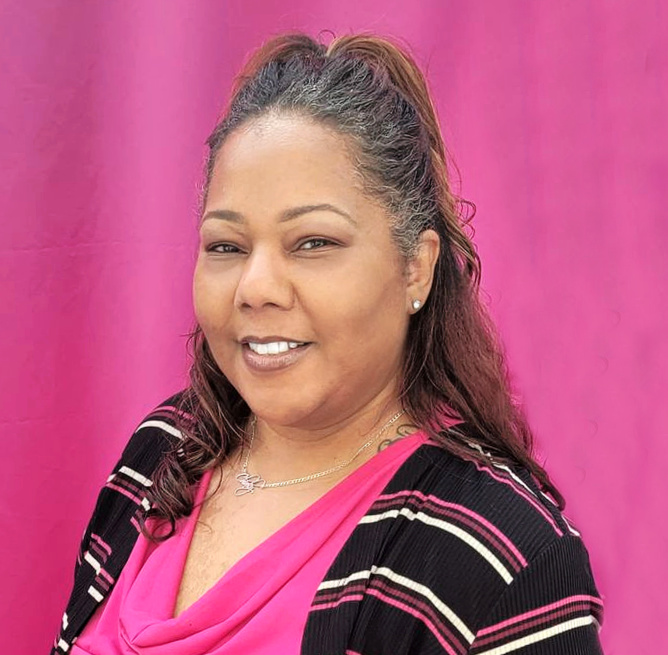
Shannon Wallace’s initial interest in the program was to gain more knowledge and pass it on to her staff.
“It afforded me the opportunity to meet people from different departments and learn something new,” she said. “If there’s something that I can learn that will be beneficial to my staff, I’ll disseminate it to them as well. If I’m not there, I want them to have the knowledge, skills, and abilities to continue the operation.”
In addition to the trainings, assessments, assigned readings, and learning events, among many other activities, each participant is still responsible for their normal job duties.
“It was a large lift,” said Wallace. “This year, because of COVID, everything was virtual. Under normal circumstances, we would meet with our cohort offsite, potentially travel, and visit other SI facilities.”
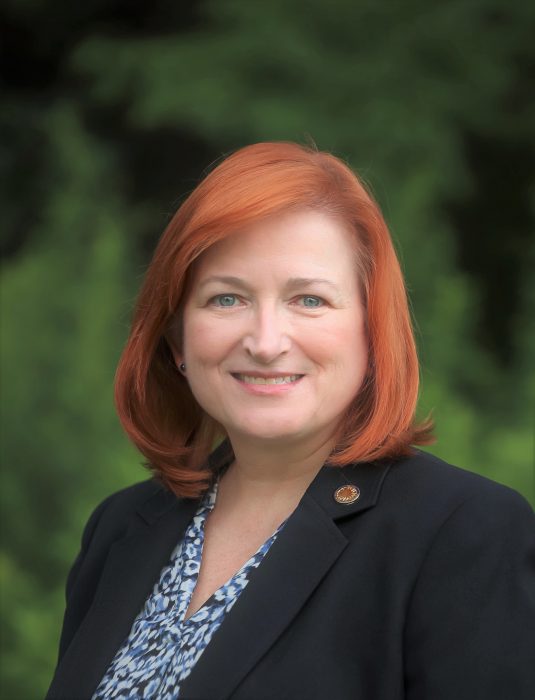
“We met several times a month,” said Kim Beck. “It would be anything from a presentation from a museum director to an interesting project or initiative in the Smithsonian.
“There are over 7,000 SI employees and 24 people were selected for this program,” said Beck. “The last time they did it was in 2018. I felt like Shannon and I had an opportunity to represent OPS on the larger scale of the Smithsonian and bring awareness to OPS’ contributions and challenges.”
“We had to do a presentation of our job title,” said Wallace. “I said, I deal with weapons potentially coming into the building every day. There was a vehicle outside of the facility that had plastic bags on all the windows and duct tape, and you could see in the back that there’s propane tanks and things like that. We had to shut off a street and call in the bomb squad. My cohort didn’t realize that I deal with all that. We also have investigations where we have to view video surveillance for hours on end trying to find out exactly what happened. Even just enlightening them on what OPS does is an eye opener. And in turn, if they see a security officer when they’re in the field, they’ll have more appreciation for them.”
“I talked about the challenges of trying to train protection officers, security staff, and police officers during COVID,” said Beck. “You can’t teach handcuffing remotely. You can’t teach someone how to fire a weapon remotely.”
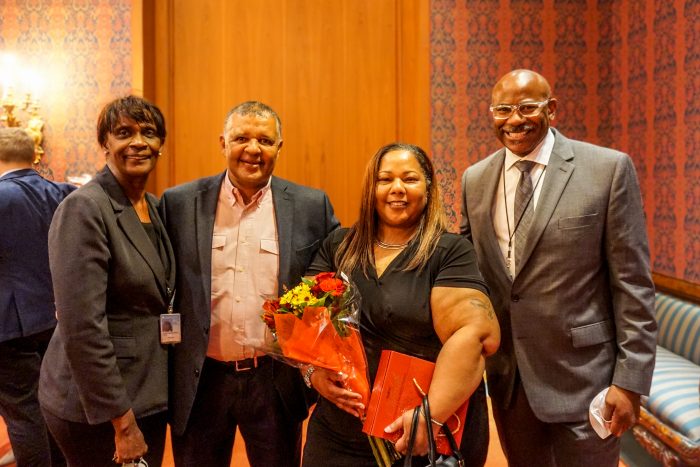
In addition to the large workload, participants are expected to do a rotational assignment as part of the program.
“I worked with the National Portrait Gallery Communications and Public Affairs,” said Wallace. “It was a lot of meetings preparing for exhibit openings, and you had to deal with the press. What I didn’t realize was all that went into putting out even just an ad to the public, down to the font. It had to be a collaborative effort.”
“I did my rotational assignment with the National Museum of Natural History (NMNH),” said Beck. “While also learning about museum leadership, I focused on contracting. It gave me exposure to some of the ins and outs and options with contracting. What I went there to learn, I ended up learning for OPS and immediately started using. I also had the opportunity to participate in their leadership meetings at the start of their strategic planning.”
The PLDP also includes a group project component.
“My group project was on anti-harassment,” said Beck. “We were closely linked with SI Civil’s mission. We did a lot of research on current practices. We had three subgroups. I was co-lead for the Communications Taskforce. A lot of the things that we were proposing, the SI Civil Office was concurrently working on. Hopefully, everyone has started seeing the SI Civil posters communicating how to submit a report.”
Beck, who is a veteran, was inspired by a message from the leadership of the Veterans Administration (VA) that she saw on a recent visit to one of its hospitals.
“They had this giant poster listing commitments from leadership around values and acceptable behavior in the work environment –– with their signatures on it,” she said. “I thought that was really impactful. It wasn’t just a policy stuck somewhere in a book. I introduced that to our group. One of the options we looked at was preparing a poster where senior leaders of the Smithsonian sign it, and there’s also space on it for leaders at each subsequent unit to sign it. That’s one of our recommendations to the SI Civil Office and SI Leadership. We had to brief a variety of staff including the Chief Operating Officer, some of the Under Secretaries, and the OHR Leadership Team.”
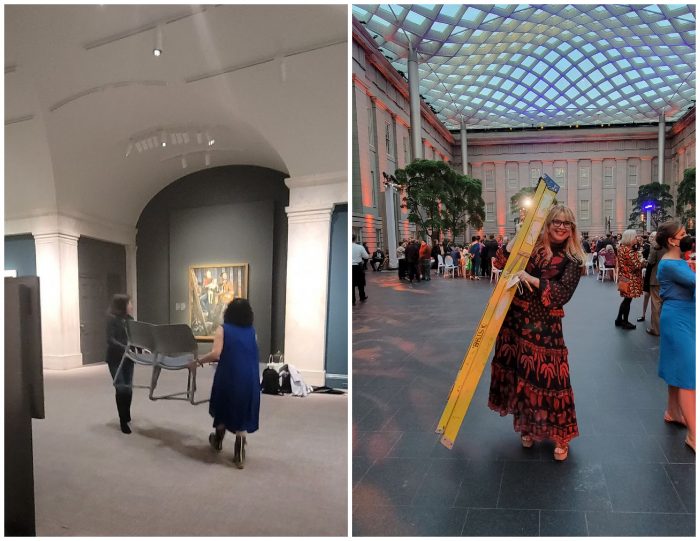
Wallace’s group project focused on the length of time it takes to onboard new hires.
“It was a long, long process,” said Wallace. “We tried to streamline the onboarding process and make it more user friendly for the hiring official. When we went onto their website, we saw that the links provided were broken, and there was a lot of out-of-date information. We gathered that once they put this SharePoint site together, there was no responsible party for the upkeep of it. That’s what we attempted to tackle. We didn’t solve the problem, but we put them on the right track to move forward with it. We had several meetings with the human resources liaison and with OHR. They were really receptive of what we had done and are trying to see how to keep this going.”
Among the many advantages to participating, Beck said hearing from senior leadership was incredibly helpful for her.
“One of the big things was seeing that they face many of the same challenges we all face –– How do you get everything done in a day? How do you decide which things rise to the top? You get exposure to people that you normally wouldn’t have an opportunity to get to meet and talk to.
“Being able to take what I learned and reach out to other people –– I can’t underestimate how valuable that has been,” said Beck. “I looked at this as an opportunity to lift my head up from the Training Academy and ask, what’s the bigger picture here? And how do we contribute not only to OPS fulfilling its mission, but the Smithsonian fulfilling its mission? It got me to look differently at what our role is and in a more integrated way with the Smithsonian as a whole.”
“I learned how all of us in different departments have to work together to be ‘One Smithsonian’ and how all of our jobs interchange,” said Wallace. “I learned that I need to have patience, which was shocking to me. I’m always very critical of myself. But I also learned that it’s not a bad thing to be assertive and to advocate for what you believe in and your team members. I know that I was already doing that, but to have that stamp on it from other people that I connected with was great.”
Beck also attributes the program with helping her understand how to make training materials more accessible to a wider audience.
“One day someone showed a video on bias that was created by somebody in the Smithsonian,” she said. “I watched it and my first thought was, wow, they presented this in such a simple, clear way. It’s understandable. It’s accessible. But before I could get those words out of my mouth, another participant in the class spoke up and said, ‘Oh goodness, I could not follow that at all.’ He has dyslexia. I ended up consulting with him before we started our own e-learning development to make sure the design did not distract from the widest number of people being able to access the information. We wanted to eliminate as many hurdles as we could. I think we have a better product for our staff because of my interaction with him.”
And while the PLDP is a huge time commitment, both Ms. Wallace and Ms. Beck recommend the program and its companion program, the Emerging Leaders Development Program, which those at the GS 11/12 level are eligible to apply to.
“It forces you to take a look at yourself,” said Beck. “It helps you see where you’re just human, too. Sometimes what we beat ourselves up the most about, everybody is facing. It also gives you an opportunity to see what other resources are out there to help you do your job, and you get a peer group to bounce ideas off of.”
“Don’t be scared to try something new,” said Wallace. “Even though it may require more work. You’ll be surprised at what you can do under those circumstances. I coined this when I did the OUSA presentation: ‘Never stop learning. Don’t become unteachable.’ Yes, it’s going to be a lot of hard work, but in the aftermath, you’ll be proud.”
“I have to give a big thank you to the Training Academy staff and my team,” said Beck. “I had to learn how to delegate. More than 50% of our staff was new when I started in this program. I had to rely on them to take more initiative, to step up in new ways, and to excel in new opportunities. They came together as a team, and they grew their own leadership skills because of it.”
“Never stop learning. Don’t become unteachable.”
Shannon Wallace
Wallace also acknowledges her team’s assistance as she worked through the program.
“Hats off to them,” said Wallace. “My assistant, Mr. Heislup, stepped up, my lieutenants, down to my frontline staff. The program affords your staff the opportunity to shine their shine. Let them take over and give them that empowerment to run your operation in your absence. I think everybody should do it. Overall, I’m most proud that I completed it, and that I had the assistance of my team.”
“I feel extremely fortunate to have gotten this opportunity,” said Beck. “I was given time to focus on: How can I become a better leader? How can I contribute more or in a more significant and impactful way? It’s a two-way street. What can I get out of it, but also, what can I give?”
Kelly Andrews is a technical writer for the Office of Protection Services. This is an edited version of an article that originally appeared in the November 2022 issue of OPS Insider.
Posted: 18 January 2023
- Categories:
